Windows
While window frames and timber cills are an individual repair, if they aren't properly maintained, they can cause damage to the common structure of the building. Close windows, as well as lintels and stone cills that are part of the structure of the building, are common repairs.
Having everyone's windows the same style and painted in the same colours can greatly enhance the look and value of your home. It's a badge of quality, so it is worthwhile maintaining what you’ve got.
And there is much that can be done to increase the energy efficiency of your existing windows.
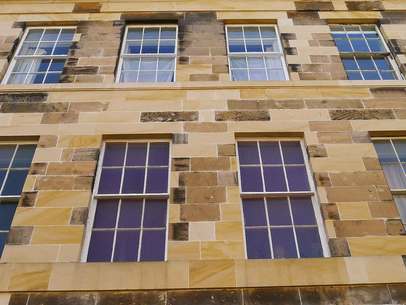
Repairing your windows
Preventive maintenance will save you a lot of money.
Regular repainting
Timber cills and the bottom rail of windows will decay first, and badly decayed cills can allow water in. Repaint timber and metal windows every five years, or less if the windows are in more exposed locations.
Mastic
Get the mastic around your windows checked every painting cycle. If it needs to be replaced, the traditional burnt sand and boiled linseed oil mastic lasts longer and retains its flexibility better than ordinary, trowel applied builders' mastic. Polysulphide mastics applied with a gun are not good at filling large gaps and are best not used on stone buildings.
Making sash window cleaning easier
'Simplex' fittings allow sash and case windows to be opened inwards for cleaning.
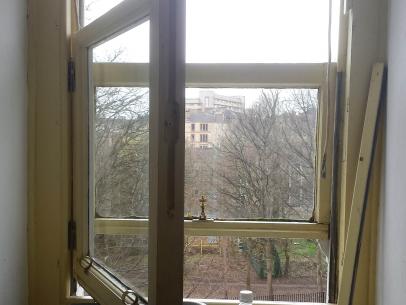
Improving energy efficiency
Older tenements often have large areas of window, so treating them can make a significant impact to your comfort levels and fuel use.
The draught felt from windows may not be cold air coming in through the frame or between sashes but a convection down-draught, a movement of air caused by the difference in temperature between the window surface and the air in the room. You can check by resting a card against the window. If it blows over, then you need to tackle the draught.
Replacing windows
It is recommended that you consider all the options before you think about installing new windows. This is because:
- the cost of installing good 'A' rated new windows is high and the payback times are very long – the Energy Saving Trust estimate that installing A++ rated double glazed windows will save just £30 - £35 a year in the typical flat
- cheap window installations placed in existing window frames will actually cut down on light received and passive solar heating gain
- uPVC will decay faster than timber
- the fixings and fittings on a uPVC window may be more difficult to repair or replace than fittings on a timber window
- uPVC material can contribute to fires, more so than timber
- retaining existing timber windows is better in conservation and sustainability terms
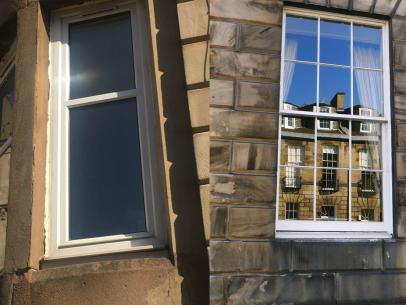
If you decide to replace your windows, make sure you get the proper consents as there are lots of regulations about window design, safe cleaning and cill heights. If you are a landlord, or if you are carrying out major repairs, you may be asked to comply with these standards - check with your Council's Building Control team.
Check if you need planning consent:
- if you are in a listed building or a conservation area, you will certainly need planning permission for new windows
- many Councils also require all flat owners to apply for consent for window replacement – check with your local planning department
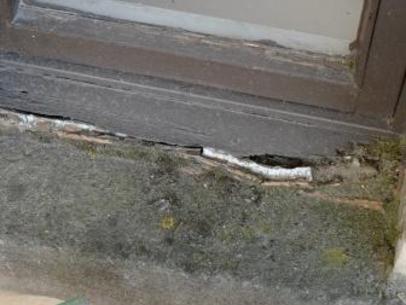
Window replacement alternatives
So, what are the alternatives to window replacement?
- use a sash window repair specialist
- add draught proofing
- blinds and curtains
- shutters
- secondary glazing
- slimline double glazing in existing frames
Used alone or in combination, all these methods can have a considerable impact on energy efficiency.
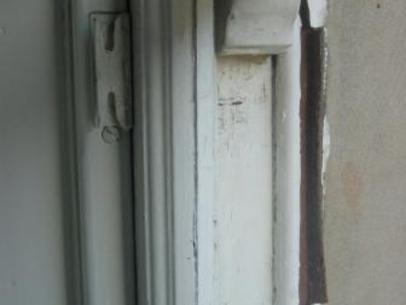
Fitting new windows
If you are having new windows fitted to reduce noise, if standard double glazed units are used and both glass panes are the same thickness, the result can no better than single glazing.
Gaps around new windows are common. Here, care is needed to ensure the new window is tightly fitted and ideally special tapes are used to seal joints between windows and linings. Sometimes, installers use expanding foam but this can crack eventually.
The gap between window frame and external stone is normally sealed with a linseed oil mastic which should not be painted. Modern polysulphide mastics are often used but these rarely take up the variation in space between the case (window frame) and the stonework.
Ventilation is required into the room, so this can be provided by inbuilt vents in the top of the frame called 'trickle vents' to make sure you don’t get condensation in your home.
Energy efficiency alternatives
DIY draught-proofing
All good DIY shops will sell a range of draught proofing materials suitable for windows and the cost of using these is repaid very quickly in energy savings. You can seal a sash window with paint but this is not recommended as once this is done, you cannot open it or clean it, and repainting it is much more difficult.
Sash window specialists
Sash window repair specialists can repair and draught proof timber windows more cheaply than installing adequate-quality new windows. Window frames, cills and sashes can be repaired or partially replaced by splicing new timbers into the side of the case, and draught-proof seals or brushes can be chased into the frames of each sash.
Existing sashes can be replaced with new double glazed sash windows, although the weight of glass will require the lead counterweights to be renewed.
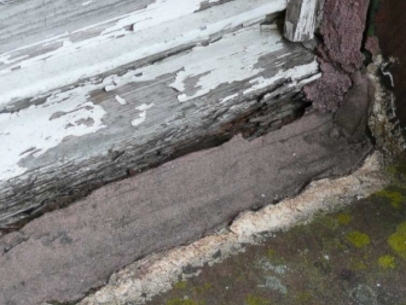
Slim double glazing
Slim double glazing panes can be installed in existing windows to maintain the original appearance and this is often a suitable approach in conservation areas and listed buildings. However, this method should not be used if you have historic glass (crown glass).
A number of firms produce these 'slim' double glazing panes. These are very thin double glazed units which can be puttied into place in existing sashes. The units are double walled panes of glass, normally filled with an inert gas or a vacuum. They aren’t as energy efficient as modern double glazing units, but do have the advantage of making use of existing window frames. Some types are more efficient that others, and the edge seal can make a difference.
The cost of installation will depend not just on the overall size of the window but the number of individual panes of glass in each window.
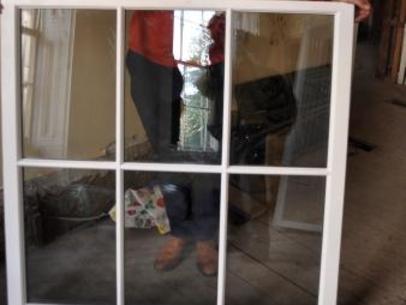
Secondary glazing
Secondary glazing can also be used to reduce energy loss and has the added advantage to being more effective in reducing airborne noise than double glazing. Different opening arrangements can be made to suit your window. For large sash and case windows, it may be best to install the secondary pane in an aluminium frame which can be hinged open for cleaning, or a two pane sash which slides into an aluminium sub-frame fixed to the existing window frame.
A cheaper solution is to use glazed glass or acrylic panels with metal frames which are held into place with magnetic strips attached to the original frame. If your windows are very large, then the magnetic tape alone may not be strong enough to hold the glazing and the panels may need to be screwed to the frame. Paintwork also needs to be in good condition to support the magnetic tape. The drawbacks to this solution are that the glass may prevent ventilation and a storage place needs to be found for the panels if you don’t want to use them in summer.
An even cheaper solution is to use plastic glazing film – but you get what you pay for. The film needs to be applied using double sided tape. The tape can refuse to stick to poor or greasy paintwork and removing it at the end of the season can remove paint at the same time. The plastic film (single-use) is tightened up by heating with a hair dryer but is easily torn and not easily cleaned. It also makes your windows hard to open. If you are an owner, we recommend you invest in more permanent solutions.
| Glazing and frames | Reduction in heat loss | U-value W/m2K |
|---|---|---|
| Secondary glazing system | 63% | 1.7 |
| Secondary glazing and curtains | 66% | 1.3 |
| Secondary glazing and insulated shutters | 77% | 1.0 |
| Secondary glazing and shutters | 75% | 1.1 |
| Double glazed pane fitted in existing sash | 79% | 1.3 |
(figures from Historic Environment Scotland)
Blinds, curtains, and shutters
A range of thermal and draught excluding blinds can be purchased or made. For greatest impact, get blinds which create air pockets in their layers. These thermal blinds can have a honeycomb structure or use a reflective layer of material or mylar in their construction.
Draught excluding blinds fit into vertical runners but if you make your own blinds, you can construct a hinged timber piece to fit on the wall and fold over the edge of the blind to keep out draughts. If making or buying curtains, go for full length, look to use a heavy fabric, and add thermal linings. Reflective mylar sheets, felted materials with reflective strips or even old blankets, are ideal.
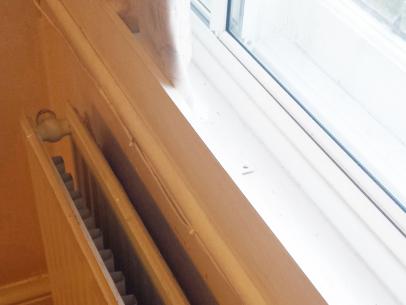
Make sure the curtains don’t cover the radiators. If you can’t move the radiators, create a shelf fully around the window area, above the radiator and fit the curtain length to the shelf. Consider using curtains and blinds together for extra impact and flexibility.
| Curtains, blind, and shutter options | Reduction in heat loss | U-value W/m2K |
|---|---|---|
| Fitting and shutting heavy curtains | 14% | 3.2 |
| Modern roller blind | 22% | 3.0 |
| Modern roller blind with low emissivity plastic film fixed to the window facing side of the blind | 45% | 2.2 |
| Victorian blind | 28% | 3.2 |
| A 'thermal' duette honeycomb blind | 36% | 2.4 |
| Closing shutters | 51% | 2.2 |
| Victorian blind and shutters | 58% | 1.8 |
| Modified shutters, with insulation inserted into panels | 60% | 1.6 |
| Victorian blind, shutters, and curtains | 62% | 1.6 |
(figures from Historic Environment Scotland)
Many older tenement flats have shutters already fitted. Some of these may just be decorative. These won’t have hinges fitted. Shutters designed to open may have been painted up but can be refurbished with a bit of DIY. Draught proofing and additional insulation on the reverse of the panels by way of an aerogel insulation board can also be added to increase effectiveness. New shutters can also be made. These can be fitted into the old shutter recess, if there is one, or fixed to the window frame or case.
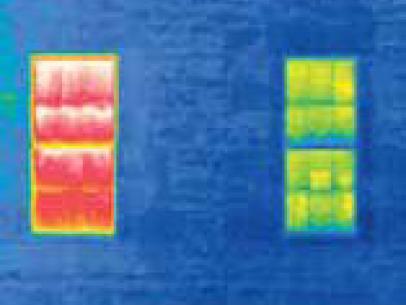
| Shutters | Reduction in heat loss | U-value W/m2K |
|---|---|---|
| Closing shutters | 51% | 2.2 |
| Modified shutters, with insulation inserted into panels | 60% | 1.6 |
| Victorian blind and shutters | 58% | 1.8 |
| Victorian blind, shutters and curtains | 62% | 1.6 |
| Secondary glazing and insulated shutters | 77% | 1.0 |
| Secondary glazing and shutters | 75% | 1.1 |
(figures from Historic Environment Scotland)
Effects on your EPC Rating
Permanent solutions, such as installing secondary glazing or slim glazing, will have a positive effect on your EPC rating. Removable solutions, such as thermal curtains and blinds, will not impact on your EPC rating but will save you energy and money.
Who pays?
Window frames, the moving parts of the window, and the mastic that seals the frames in the wall are generally an individual responsibility. Everything around this is generally a common repair (check your titles to see what applies to you).
Even though windows are an individual repair, you have a legal duty to maintain them. The main thing to do is prevent water trickling into the walls and causing rot.
It is worth joining with other owners to get all windows painted and the mastic repaired at the same time.
Around your windows
The stone and brick in the walls around your windows are generally a common responsibility. The elements that require your attention are:
- lintels – supporting the walls above the window opening
- cills – need to shed water to help keep the walls below dry
- canopies, architraves, and hoods are not just attractive – they help protect the windows from the weather
- mullions – the vertical stones between windows
Close windows - a common repair
Make sure you can open the close windows to allow ventilation to the stair. This can help prevent condensation occurring on the skylight. Repaint every 5 years, or more often in exposed locations.
If you have stained glass windows or painted Victorian glass, then this should be conserved. It is possible to remove painted glass panels and sandwich them between toughened glass to give them more protection, however, the weights to the sash would need to be adjusted.
Other types of windows
Professional help recommended?
Although the work may appear straightforward, ensure your builder or tradespeople have the skills for the job. If in any doubt, get professional help to specify and organise the repair.
Further information: